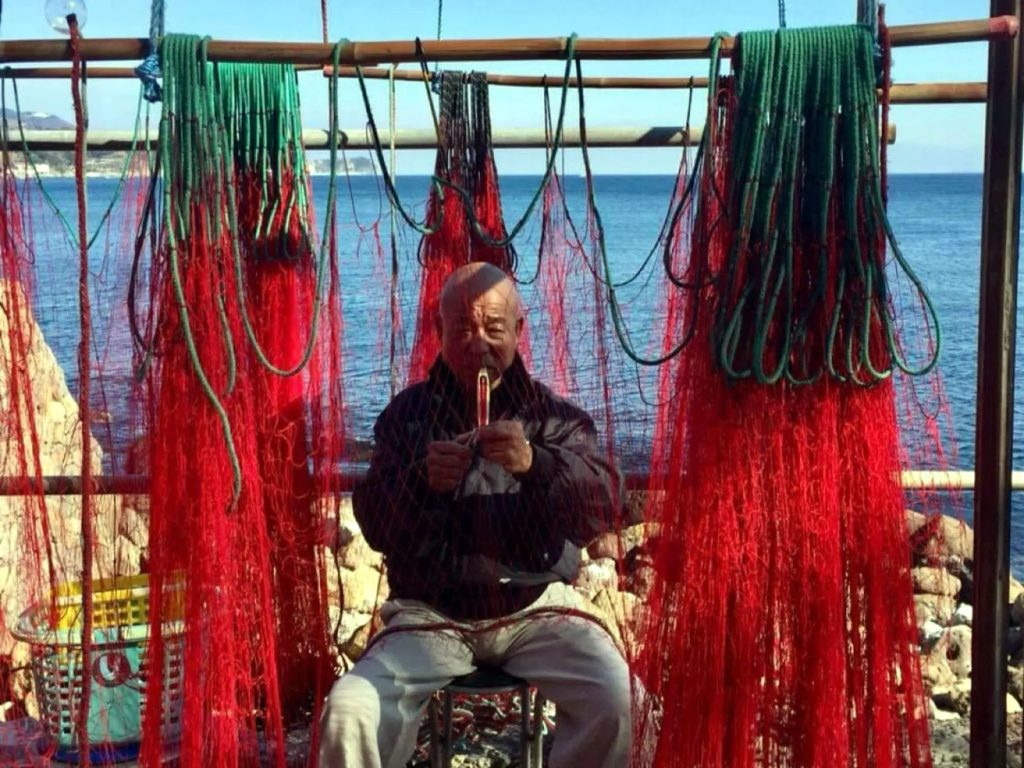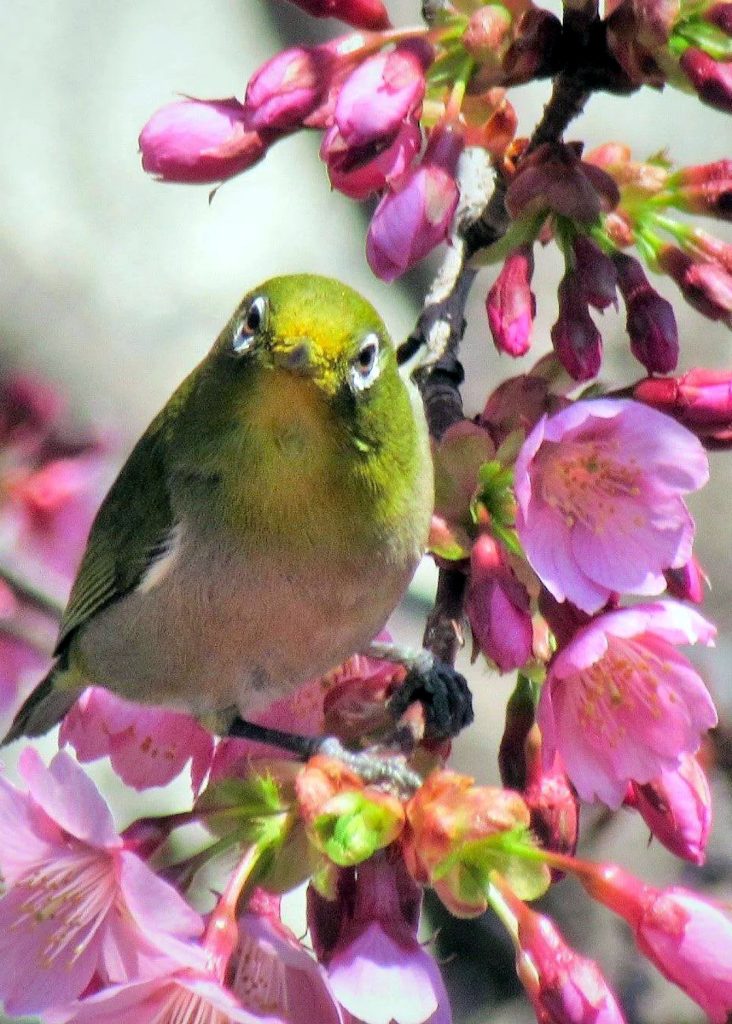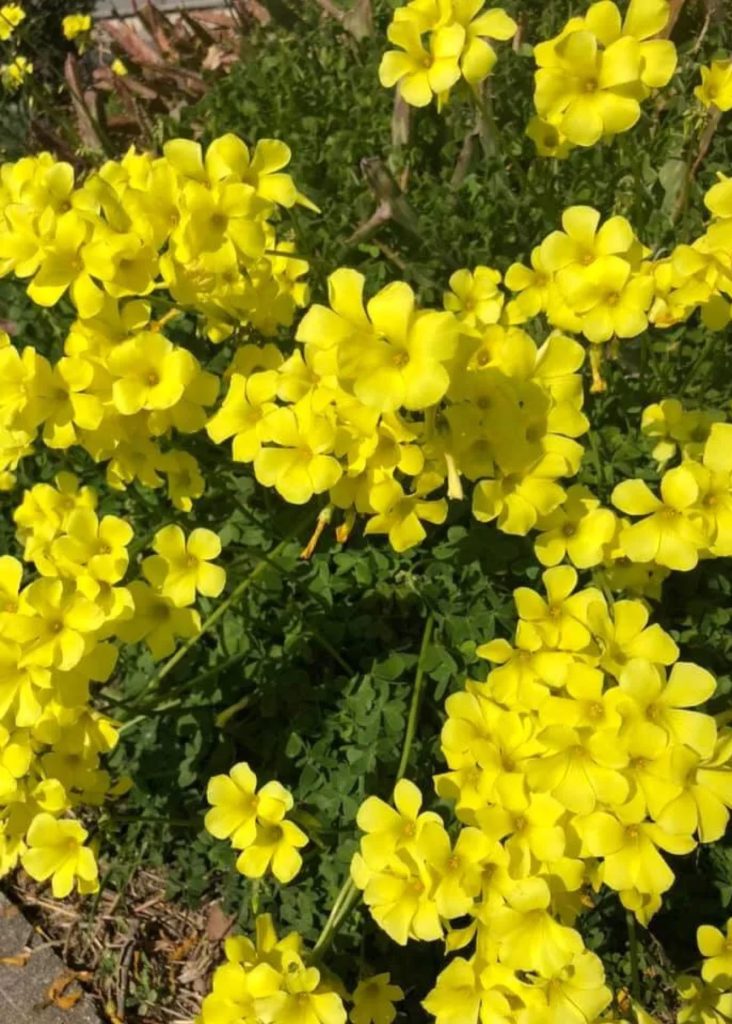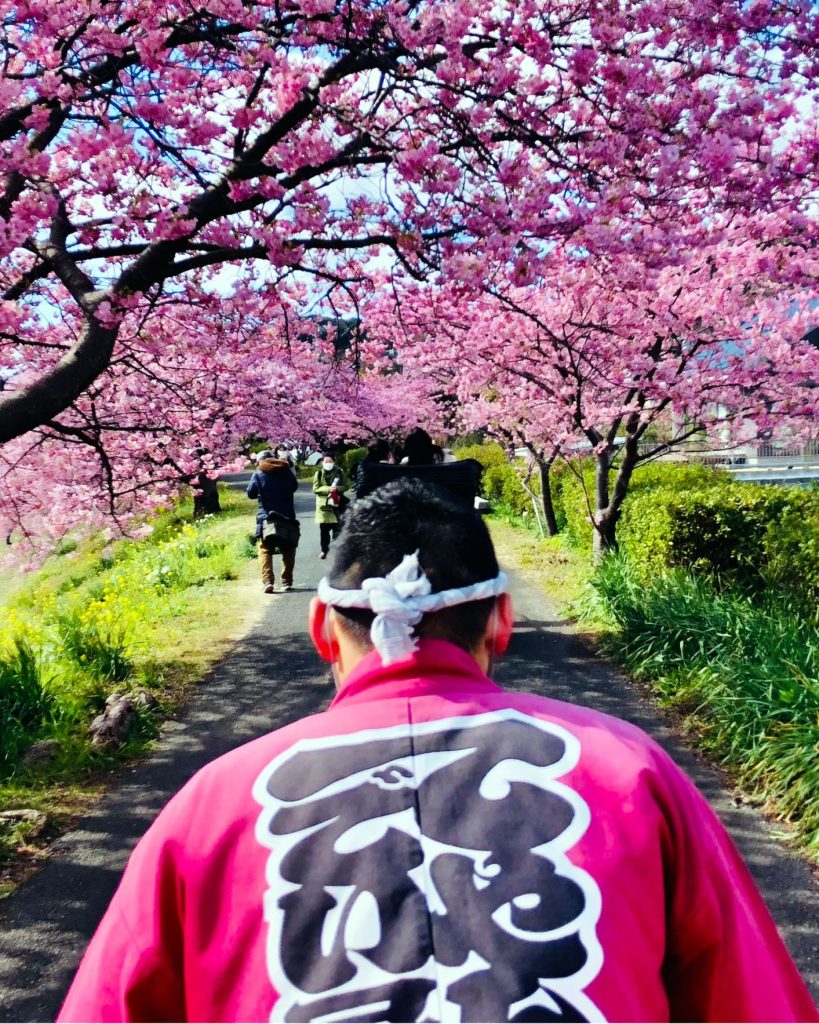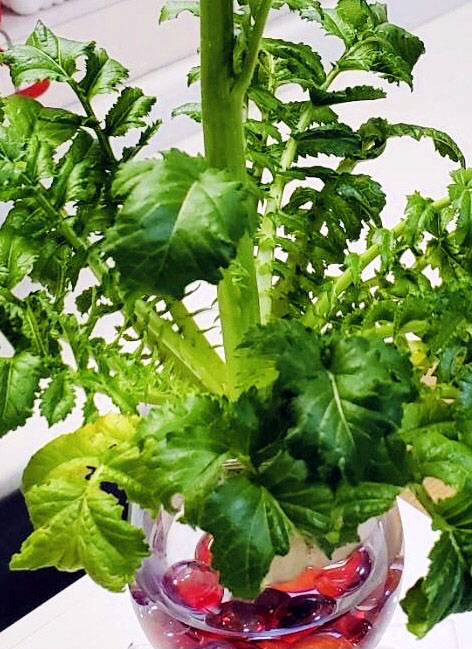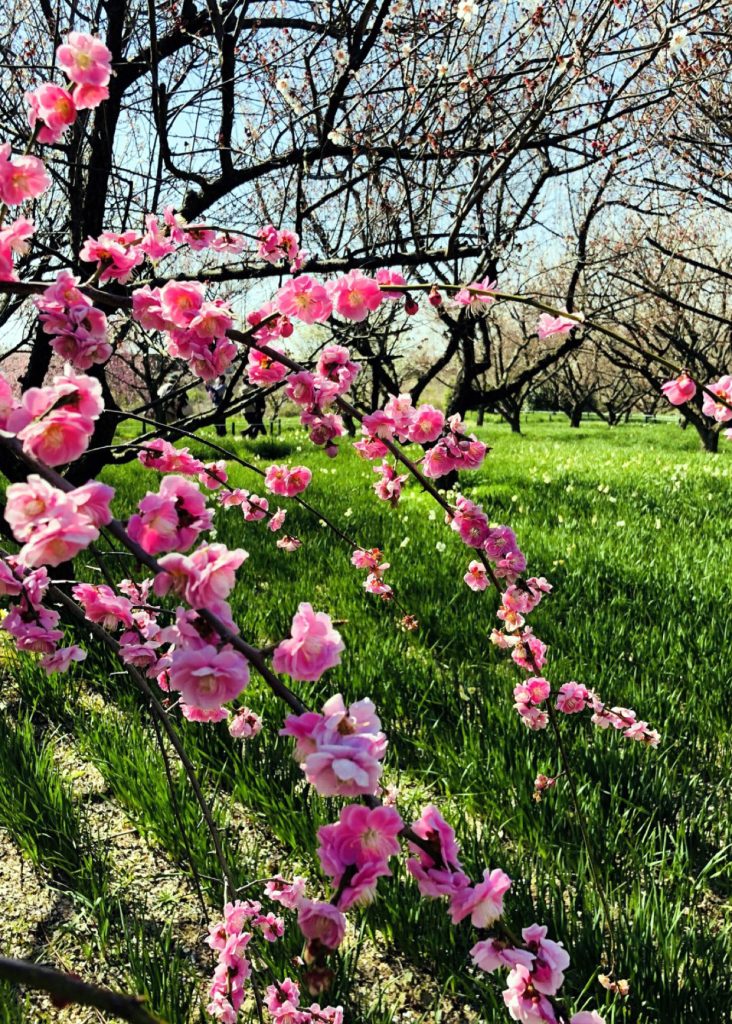
There are few daffodil flowers left, and the green of the leaves stands out. Instead, the plum blossoms are almost in full bloom, creating a beautiful contrast between the green of the daffodils and the pink of the plum. Plums and cherry blossoms are often contrasted, but plums have a dignity and gentleness that cherry blossoms do not have. Today, the word flower means cherry blossom, but before the Heian period, the word flower meant plum. In the Manyoshu, the oldest existing anthology of Japanese poetry, there are 43 poems about cherry blossoms and more than 110 poems about plum blossoms. However, in the “Kokin Wakashu”, net which was created in the early Heian period, the numbers are reversed, with 70 cherry blossoms and 18 plum blossoms. It is very interesting to think about the implications of this reversal. Since the Heian period, there has been a great deal of interest in cherry blossoms, but the deep-rooted popularity of plums has not waned. It’s a culturally interesting question.
水仙の花も残り少なくなり、葉の緑が目立ちます。代わって梅の花がほぼ満開に近づき、水仙の緑と梅のピンクが美しいコントラストを生み出しています。梅と桜はよく対比されますが、梅には桜にない気品と優しさがあります。今は花と言えば桜を意味しますが、平安時代以前は花と言えば梅を意味しました。現存する最古の和歌集でもある『万葉集』でも、桜をよんだ歌が43首なのに対して、梅をよんだ歌は110首以上もあります。しかし、平安時代初期に作られた『古今和歌集』には桜が70首、梅が18首とその数が逆転します。この逆転の意味を考えることはとても興味があります。平安時代以降は今に至るまで桜に向ける関心が高い様ですが、梅の根強い人気も衰えることはありません。文化論的にも面白い問題です。

